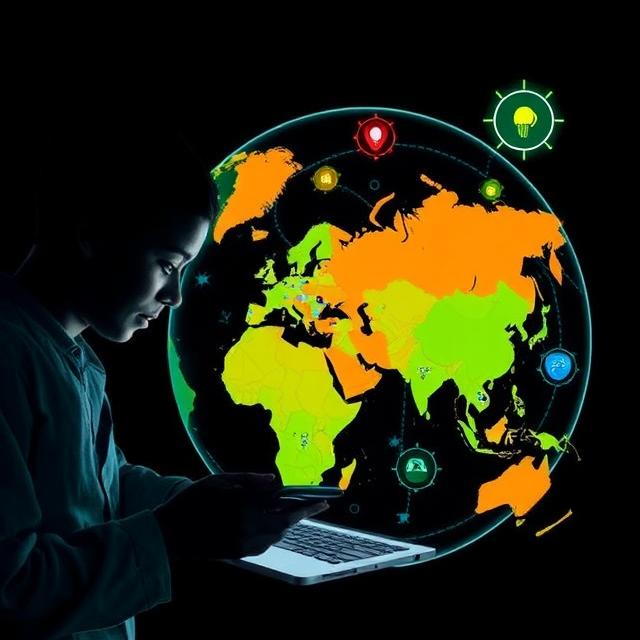10
Feb
How Technology Is Being Used to Combat Global Poverty: Insights from Global Poverty Research Lab and Global Poverty Statistics
Technology is the main driving force of today's world, which is evolving in its pace with the possibility of solving...

